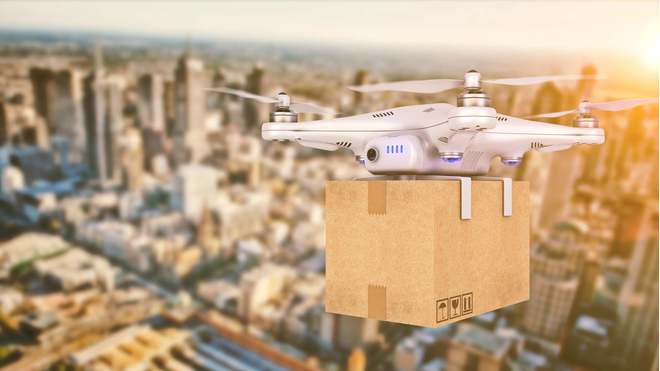
2022 and future trends of e-commerce
Due to the nature of online commerce, continuous change, and optimization, E-commerce has been renewed every year and has quickly fine-tuned its services and operations to meet customer needs. What to expect in 2022 and the wider future?
The closures caused by the coronavirus drove the consumer into the digital space, and at the same time accelerated the operations aimed at servicing and enhancing the customer experience. Looking back over the past few years, especially in 2020, which reinforces these processes, we can identify the trends that will determine the future of webshops in 2022 and beyond. Let's see what they are!
1. Using AI to enhance the customer experience
While in the physical store we talk to the seller if we want to find our way around the store’s selection, in the digital space, artificial intelligence makes suggestions to the customer based on their search and purchase history, as well as gender and demographics. AI has been used with preference so far, but this time not only is its importance growing, but also its range of uses. While the technology has so far been used for recommendations and product searches, the launch of AI optimized to enhance the user experience will be strengthened thereafter.
2. Voice search
The voice assistants have had a nice track so far. Google, Amazon Alexa, and Apple Siri are used for many things from news consumption to playing hits to online shopping. However, the growing multitasker generation has a smart speaker specifically at their fingertips when they can order a product - without the use of a keyboard, touchpad, screen, etc.
However, it still takes some time for voice assistants to reliably recognize different languages and customer behaviors. But as soon as that happens, e-merchants will have a very effective tool that they will use to enhance the customer experience and expand their target audience.
3. Personalized product development
Digital sophistication is most evident in product development. Webshops have the opportunity to learn about the personal needs of their customers and develop their unique offer for it. Think about the benefits of medical devices, for example. But even in the fashion industry: Nike, for example, has made it available to its customers to design their own shoes and choose a color for one of their designs. Online stores can learn about their customers’ personal preferences through interactive content, including quizzes, surveys, and online discussions.
4. Augmented and virtual reality
Online product selection, pricing, feedback, and the purchase process become comparable. But who knows how the purchased product will turn out in reality? Virtual reality (VR) shows an object or location 360 degrees, and in augmented reality (AR) we can place computer graphics on real objects to see what they will actually look like. In the case of home furnishings, or even when choosing a make-up kit, these improvements help the customer's decision.
5. Mobile shopping continues to grow
Anyone who is not or not easily accessible on a mobile phone - does not exist! The finding has been correct so far, it is clear that then whoever lags behind in the digital transformation will be left out even more. The real runners-up will be those who have managed to improve their customers ’shopping experience in their 3D store while they use their smartphones. Offering multiple mobile payment options when buying a service or product also increases customer satisfaction and engagement Think, for example, of a laundry where you can pay with PayPal or our online account!
PWAs are also preferred by e-merchants. PWAs are native application sites that, among other things, improve the customer’s path as well as allow push notifications or work offline.
6. Drone delivery
Primarily for small local interests, a big future is predicted for drone delivery, which is still operating strongly in test mode today. The pandemic highlighted the undoubted advantage of the drone, as it avoids personal contact and obviously does not require mandatory distance, and can also be transported to hard-to-reach places. Amazon, Uber Eats, Alibaba, and Fed Ex are already shipping drones in some regions
7. Minimalist design
The answer to the growing online mess is, of course, increasing simplification. As the number of options increases, so does the expectation of visual transparency, and that the surfaces should be clean and tasteful. Prospective e-marketers should create their website with a minimal and neutral color palette, centralize the navigation bar system, minimize navigation, and simplify search, texts, and graphics. In other words, the rise of e-commerce also poses new challenges for UX designers.
It is easy to deduce the conclusion that each of the trends ahead enhances the customer experience. Before adding them, it is worth analyzing which would work in the given industry, digital environment. It is best to ask the customers themselves about it!

